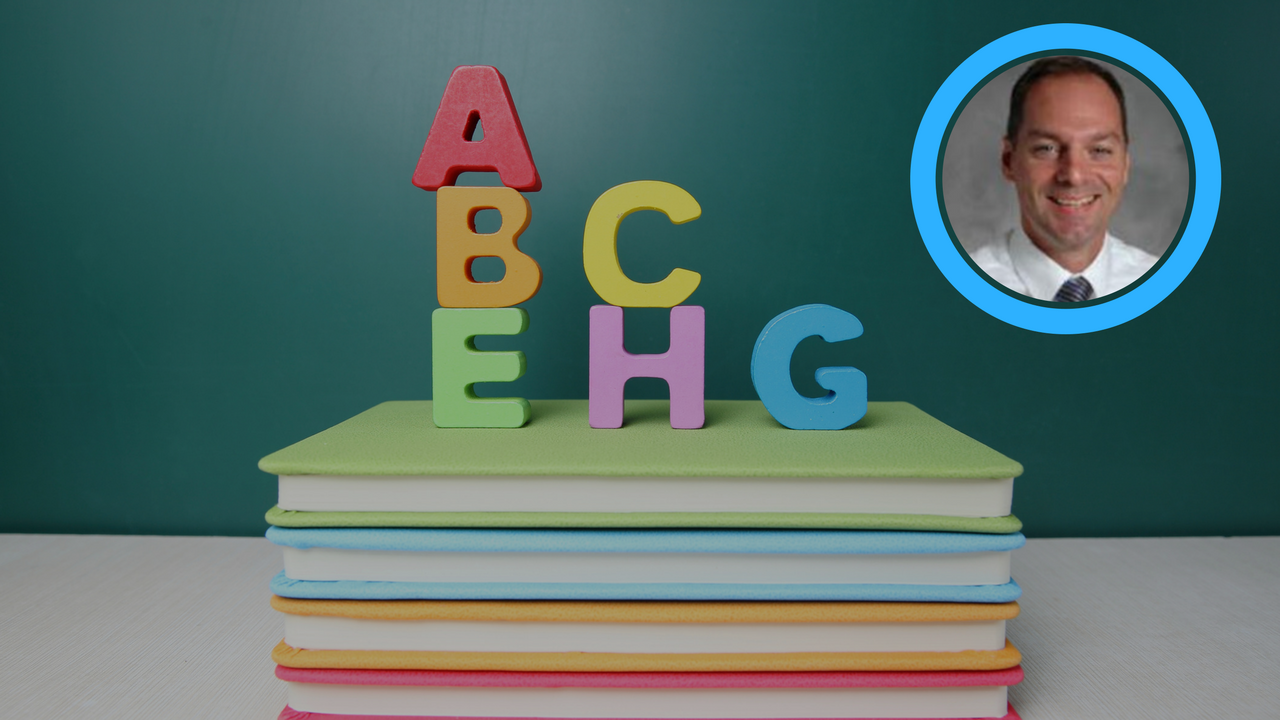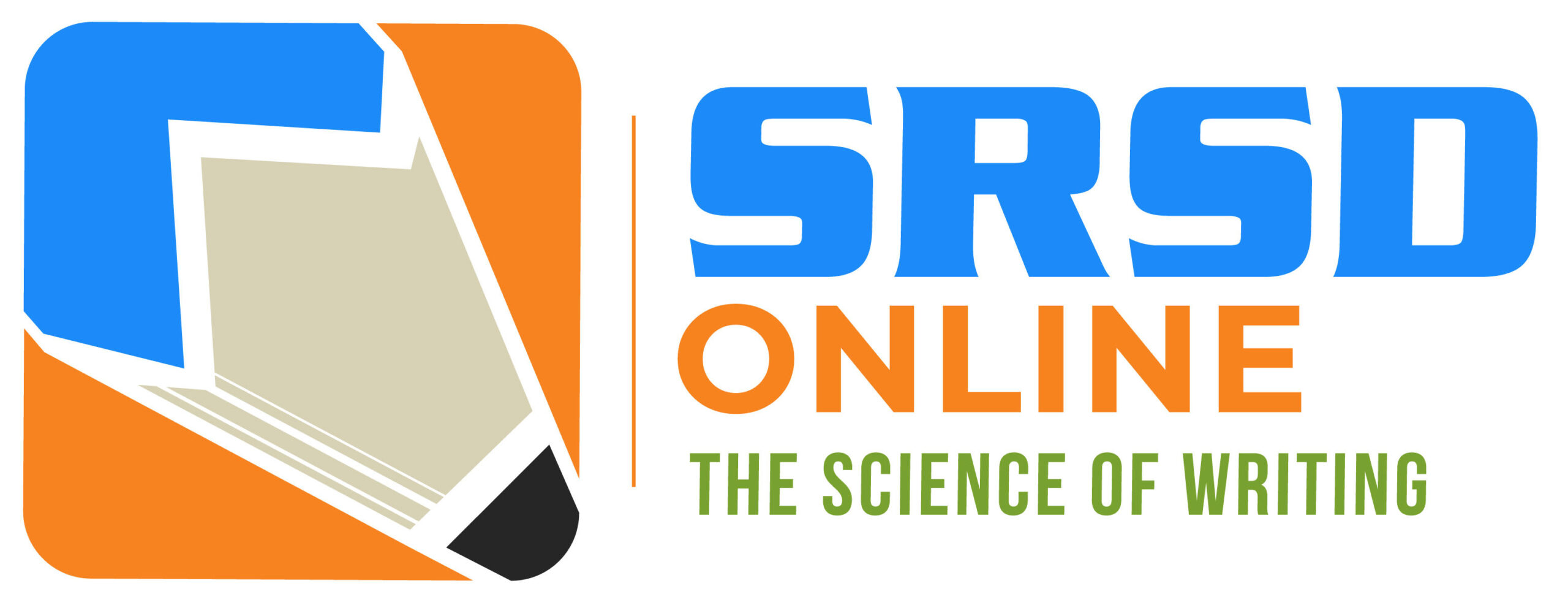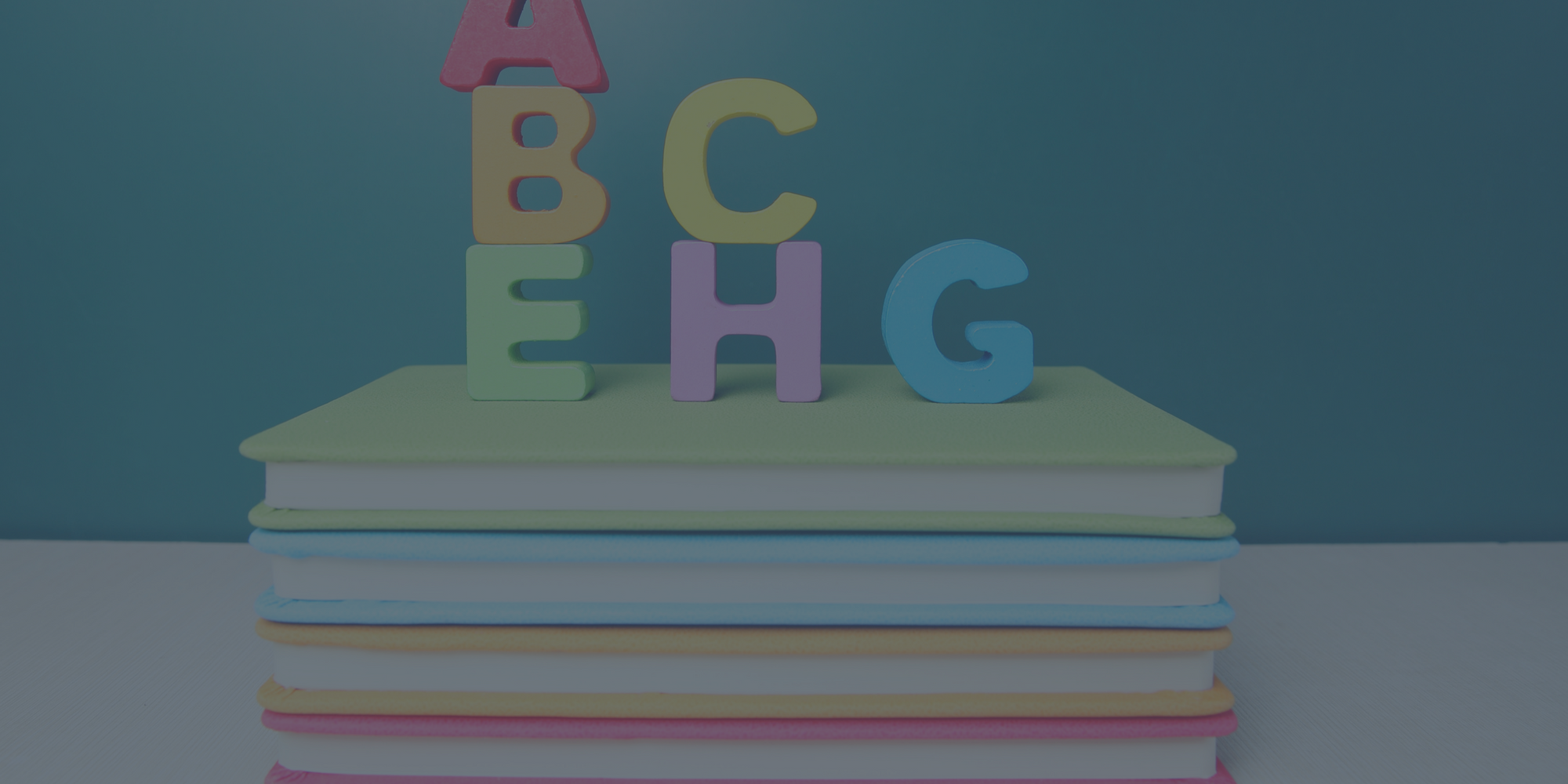
Wisconsin Principal Andy Bradford tells us why his experience with SRSD has been so life-changing.
Why did you choose SRSD and what population was it intended?
Our quest for bringing in best practices to fill our void around writing intervention led our Grade 5-8 Literacy Coach, Peggy Rohan, to investigate SRSD. We liked what we saw so we started in the fall of this year, 2017. We selected a 5th and 6th-grade class that was co-taught with a teacher and a special education interventionist. Each class had 25% students identified with a learning or educational disability.
Why do you think SRSD worked so well right out of the box?
We picked some of our best risk-taking teachers who are very sound in their practice, instruction, and desire to continuously improve. The four met once a week for 30-60 minutes exclusively on SRSD training and planning. Additionally, Peggy and I observed the classrooms and we had additional SRSD discussions. That allowed us to reach full implementation within five months. And because SRSD is recursive we are actually circling back on our second iteration of narrative and opinion writing by month six.
What was easy about learning and implementing SRSD?
The SRSD approach to writing, using mnemonics and the structure was very similar to what we were used to, as was the conceptual understanding of the gradual release of responsibility framework. So that made it easy for our teachers to understand the basic concept.
What was your biggest challenge learning and implementing SRSD?
Looking at new instruction and adjusting your practice, taking time to make sense out of a lot of new information, and drilling that down to what’s most essential at that moment in time, is always a challenge. But by having the teachers work in a collaborative situation and making sense out of things that might be confusing for them certainly helped ease some of that challenge.
Opinion genre vs. Narrative
One thing to note is that our teachers historically began the year writing the narrative. SRSD recommended that we begin with opinion. We stuck to our past and began the fall with the narrative. In hindsight, that was a mistake. It is definitely advantageous for our students to begin in the opinion genre as directed and that is what we will be doing going forward.
What did the teachers say after implementing SRSD?
Anytime that you take a risk, implementing a new program, you want to choose a proven process that is evidence-based, shows clear results and will impact the students. SRSD fills that bill. By deploying SRSD our school was able to go from a guaranteed universal instruction- that benefitted all students- all the way to differentiate into specific interventions. Our teachers were thrilled with seeing how their students self-regulated their writing, set their own goals and became independent learners. Today, we are seeing confident students at every level and we look forward to the upcoming local and state assessments. SRSD has truly become a fabric to our educational approach and we recommend that all schools adopt this life-changing process.
Tell us how students adapted these new writing skills to generalize into learning skills
I think the self-regulation that happens helped students gain additional responsibilities and become independent learners. Although SRSD looked similar to what we had done before we were all surprised by how much the self-regulation piece became the center of our attention. I was having a conversation with our art teacher, for example, and she even noticed the students self-regulating, talking themselves out of a jam and having a tremendous sense that “I’m a can do” kind of spirit in a discipline far from language arts. So it’s easy for me to say that SRSD certainly transcends writing into every aspect of schooling.
What will SRSD expansion look like in your school?
We’re definitely looking to expand SRSD next year to the rest of our ELA teachers. The four who just trained are so excited to bring SRSD to the rest of their colleagues. And it is absolutely critical when asking teachers to take on something new and challenging, to have an enthusiastic network of support. John Hattie’s research, 195 Influences And Effect Sizes Related To Student Achievement, states loud and clear that a collective efficacy is the number one indicator to move the needle with student achievement. And I think it speaks volumes to our own example that, without working and learning together, there would not have been the full implementation and success that our teachers experienced.
What advice do you have for others new to SRSD?
First, you have to stay the course, go through to the end, and really put the time in. It’s not something that you’re going take a quick look, watch a handful of videos and feel equipped to do it. You must go all the way to mastery. Second, we’ve had a gamut of programs and resources that we have partnered with over the years. I would say that SRSD Online is at or near the top of the list when it comes to student achievement and their team is second to none for support, being responsive and assisting in our efforts. Thus, my advice to others is to take advantage of this unbelievable resource. It makes a ton of difference.
Accolade
Anytime that you take a risk, from a teaching standpoint, you want to choose a proven process that is evidence-based, shows clear results and will impact the students. SRSD fills that bill. By deploying SRSD our school was able to go from a guaranteed universal instruction- that benefitted all students- all the way to differentiate into specific interventions. Our teachers were thrilled with seeing their students self-regulate their writing, set their own goals and becoming independent learners. We are seeing confident students at every level and we now look forward to the upcoming local and state assessments. SRSD has truly become a fabric to our education approach and we recommend that all schools adopt this life-changing process.



